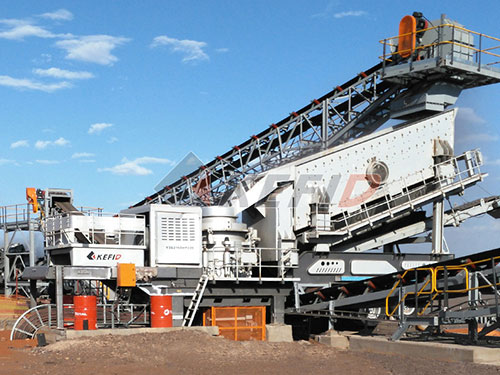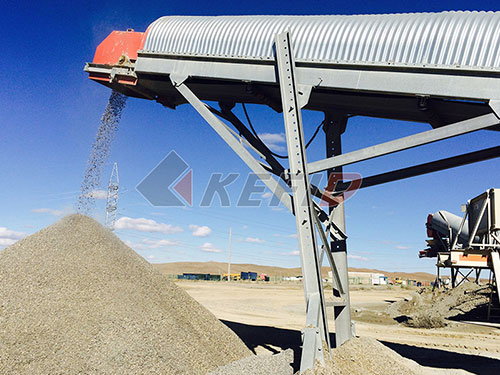Beyond the Brochure: Unpacking the True Capacity of the Telsmith 4246 Impact Crusher

In the demanding world of aggregate production and recycling, selecting the right impact crusher isn’t just about buying a machine; it’s about investing in throughput potential and operational efficiency. The Telsmith 4246 Impact Crusher stands as a prominent workhorse in mid-to-large size operations globally, renowned for its robust construction and versatility across various applications – from processing relatively soft limestone to tackling tougher materials like granite or recycled concrete.
However, a single question often dominates the decision-making process: “What is its capacity?” This seemingly simple query demands a nuanced answer far exceeding a single number on a brochure page. Understanding the true capacity potential of the Telsmith 4246 requires delving into its design principles, operational variables, and real-world application contexts.
The Core Foundation: Design Dictates Potential
The “4246” designation itself provides the first clue to its inherent capability:
42-inch Primary Curtain: This refers to the width of the primary impact curtain (or apron) where initial material impact occurs against the rotor blow bars.
46-inch Rotor Diameter: This large-diameter rotor is central to generating significant centrifugal force and kinetic energy transfer essential for effective crushing.
This combination creates a substantial crushing chamber capable of handling sizable feed material – typically up to 40 inches (1016 mm) in diameter depending on specific configuration and material characteristics – while providing ample space for repeated impacts necessary for achieving desired reduction ratios and product shape.
The Heart of Performance: Rotor Dynamics

The rotor is unequivocally the powerhouse dictating maximum potential throughput:
1. Mass & Velocity: The substantial mass of the 46-inch diameter rotor spinning at high speeds generates immense kinetic energy.
2. Blow Bar Design & Metallurgy: Telsmith offers various blow bar configurations (e.g., high chrome martensitic steel alloys) tailored to different materials and wear life requirements.
3. Rotor Speed Adjustability: Many models feature variable frequency drive (VFD) control over rotor speed.
Higher Speed: Increases tip speed (often exceeding 70 ft/sec / ~21 m/sec), enhancing fines production and improving cubicity but potentially increasing wear on abrasive materials.
Lower Speed: Reduces fines generation (beneficial for base material production), decreases wear rate on abrasive feeds, but may slightly reduce peak throughput potential on

Leave a Reply